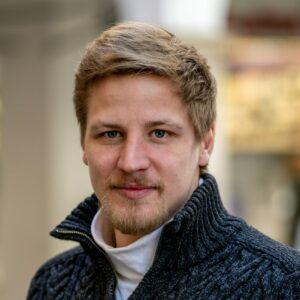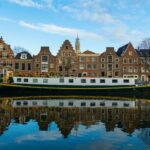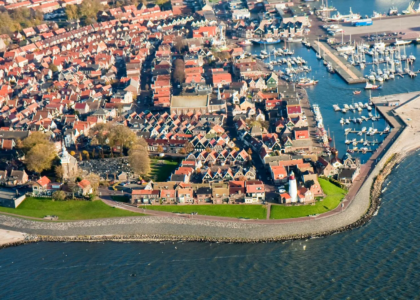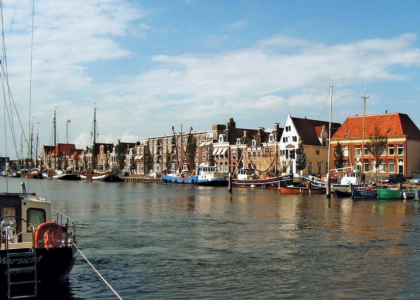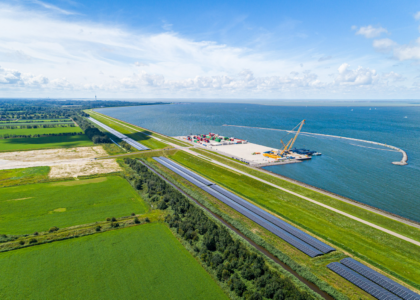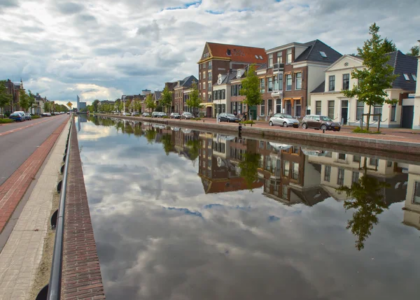Amsterdam, renowned as one of the world’s most famous cities, carries an intriguing question: What are its people referred to as? The correct term for individuals hailing from Amsterdam is “Amsterdammers,” which holds true in both Dutch and English. However, an alternative moniker used by locals is “Mokumers.” This term originates from the city’s alternative name, “Mokum,” derived from Yiddish, meaning “place” or “safe haven.” The usage of “Mokum” reflects Amsterdam’s historical connection to its large Jewish population, particularly before the Second World War.
In a somewhat amusing, albeit offensive, twist, Amsterdam’s residents have been mockingly referred to as “Stoepenschijters.” This crude term translates to a form of describing individuals who defecate on pavements. It is primarily used by people from Rotterdam, inviting you to draw your own conclusions about the playful rivalry between the two cities.
It’s worth noting that individuals from Amsterdam are also commonly referred to as “Hollanders.” However, it’s essential to recognize that not everyone in the Netherlands identifies as such, as the term “Holland” specifically refers to a region within the country.
Amsterdam’s residents proudly embrace their diverse identities, reflected in the array of names used to describe them. It is a testament to the city’s rich history, cultural heritage, and the vibrant tapestry of its people.
Holland and the Netherlands: Understanding the Difference
There is often confusion surrounding the terms “Holland” and “the Netherlands.” People frequently use the two interchangeably, even in various languages ranging from Hungarian to Catalan. This stems from the fact that Holland is a region within the Netherlands, albeit a significant one that stretches along much of the coast and encompasses the country’s three largest cities. Historically, Dutch traders who had extensive contact with the outside world predominantly hailed from Holland, perpetuating the misconception.
However, to avoid excluding those from outside the region of Holland and to promote inclusivity, the preference has shifted towards referring to the country as “the Netherlands” in recent times. This ensures that all parts of the country and its diverse inhabitants receive due recognition and acknowledgment.
By clarifying the distinction between Holland and the Netherlands, we can embrace a more accurate understanding of the country’s rich history, culture, and geography. It’s important to appreciate the entirety of the Netherlands beyond just one region, as it encompasses a diverse tapestry of landscapes, cities, and communities.
| Holland | Netherlands | |
|---|---|---|
| Definition | Region within the Netherlands | Country located in Northwestern Europe |
| Geographic Scope | Consists of two provinces: North Holland and South Holland | Encompasses 12 provinces: Drenthe, Flevoland, Friesland, Gelderland, Groningen, Limburg, North Brabant, North Holland, Overijssel, South Holland, Utrecht, Zeeland |
| Population | Subset of the Dutch population | Includes the entire Dutch population |
| Major Cities | Amsterdam, Rotterdam, The Hague | Amsterdam, Rotterdam, The Hague, Utrecht, Eindhoven, Groningen, Maastricht, and more |
| Coastal Coverage | Covers a significant part of the Dutch coastline | Enjoys coastal areas along the North Sea |
| Cultural Significance | Historically associated with Dutch trading, art, and iconic symbols like windmills and tulips | Represents the broader Dutch culture, traditions, and heritage |
| Language | Dutch is widely spoken, along with regional dialects | Dutch is the official language |
| Political Division | Not an official political or administrative division | The Netherlands is a constitutional monarchy divided into municipalities, provinces, and national government |
| International Recognition | Internationally recognized term, often used informally to refer to the whole country | Officially recognized term for the country |
Shedding Light on the Naming of the Dutch
It may appear perplexing that while the country is known as “The Netherlands” and its people refer to themselves as “Nederlands” in their own language, English speakers often use the term “Dutch” to refer to individuals from this small European nation. The origin of this linguistic discrepancy is quite fascinating.
In Old English, the word “Dutch” simply denoted a people or nation. Consequently, it also led to Germany being referred to as “Deutschland” in German. However, over time, English speakers began using “Dutch” to describe individuals from the region that now encompasses the Netherlands and Germany. Eventually, the term bifurcated, distinguishing between “Low Dutch” (pertaining to the lowlands, encompassing Belgium and the Netherlands) and “High Dutch” (relating to the Germans). Remarkably, this linguistic shift endured, and today we still refer to individuals from the Netherlands as “Dutch.”
Conclusion
Amsterdam’s residents, known as Amsterdammers, contribute to the city’s unique and vibrant identity. From their diverse backgrounds to their shared love for their capital, Amsterdammers embody the spirit of this captivating city. Whether you encounter born-and-raised locals or expatriates who have made Amsterdam their home, their collective presence adds to the richness and cultural tapestry of this remarkable Dutch destination. Understanding the identity of Amsterdam’s residents offers a deeper appreciation for the city’s history, traditions, and contemporary allure.


